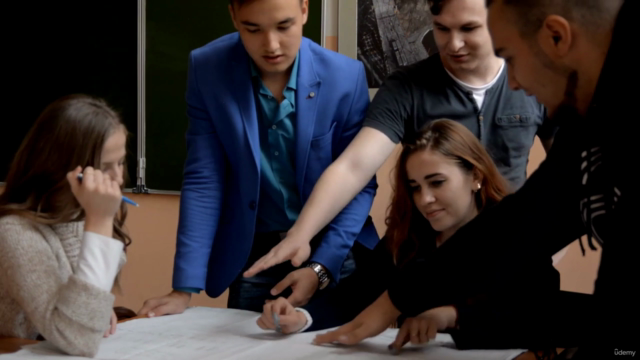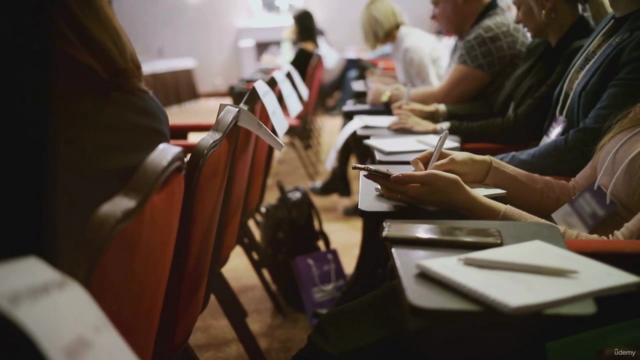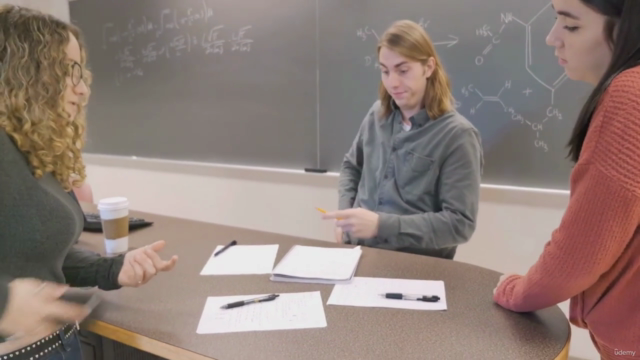Building Thoughtful Classrooms

Why take this course?
🎓 Building Thinking Classrooms: Towards Excellence 🎓
Welcome to an enlightening journey into the world of transformative education with Dr. Dheeraj Mehrotra's course, "Building Thinking Classrooms." This module is designed to revolutionize the way you approach teaching and learning, preparing students for the intricate challenges of our modern world. Let's dive into how we can create a more dynamic, engaging, and effective classroom that nurtures critical thinking, problem-solving, and collaborative skills.
Course Overview
The core of this course lies in understanding and implementing the principles of a Thinking Classroom—a paradigm shift from traditional didactic teaching to one that is student-centered and deeply interactive. By fostering an environment where students are at the helm of their learning, we empower them to become motivated, capable, and well-rounded individuals who can navigate complex realities with ease.
Fundamental Concepts in the School of Thought
1. Getting Students Involved
The bedrock of a Thinking Classroom is student involvement. Here, you'll learn to design lessons that place students at the heart of their learning process. Through guided discussions, provocative questions, and collaborative assignments, your role as an educator evolves from dispenser of knowledge to facilitator of thought and inquiry.
Section 2: Learning through Solving Problems
In Thinking Classrooms, we embrace Problem-Based Learning (PBL), where students delve into real-world issues that are not confined to textbook answers. This method nurtures analytical thinking, innovative problem-solving, and teamwork, enabling students to grasp concepts more deeply and refine their ability to tackle problems effectively.
3. Learning Through Collaboration
Collaborative learning is a cornerstone of Thinking Classrooms. Students work together in groups to share ideas, debate different perspectives, and co-create solutions. This approach not only enhances their social skills but also exposes them to a plethora of problem-solving techniques and ways of thinking.
Student Engagement
A Thinking Classroom is characterized by its active engagement of students. Rather than being passive recipients, students become active participants in a dialogue where questions are encouraged, and tasks demand critical analysis and teamwork.
2. Problem-Based Learning (PBL)
We delve deeper into PBL, where complex real-world problems are presented to students without predefined answers. This method encourages them to apply their knowledge creatively, think critically, and work collaboratively to find innovative solutions.
3. Collaborative Learning
Collaborative learning is essential in Thinking Classrooms. By working together, students learn from each other, share diverse perspectives, and develop a range of skills that are indispensable in both academic and professional environments.
Implementing Thinking Classrooms
1. Random Grouping
A key strategy in fostering collaboration is the use of random grouping. This method ensures that every student engages with different peers, thus promoting inclusivity and interpersonal skill development by exposing them to a variety of viewpoints and problem-solving approaches.
2. Vertical Non-Permanent Surfaces (VNPS)
Utilizing vertical non-permanent surfaces such as whiteboards or chalkboards allows students to stand and work on problems together. This not only makes their thinking visible but also facilitates immediate peer and teacher feedback, breaking down the traditional classroom hierarchy and creating a more dynamic learning environment.
Join us in this transformative educational journey with "Building Thinking Classrooms." Together, we can create spaces where every student has the opportunity to shine, question, and learn in ways that are meaningful and lasting. 🌟
Course Gallery




Loading charts...